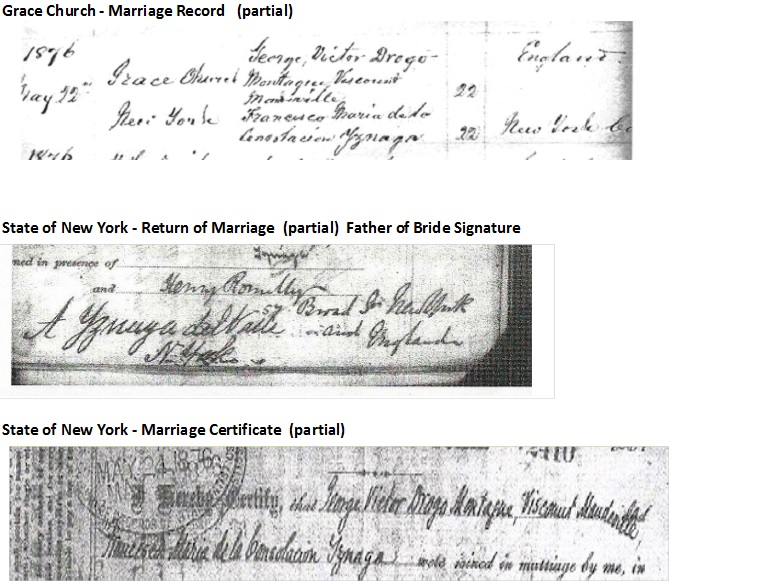The critical part of the information is the GS Film number:1562175.
If you go to the Family Search Catalog, paste this number into the search box labeled film/fiche number. You will see the following results:
Manhattan (New York City) marriage records, 1866-1937 ; index to all
boroughs, 1866-1937
Author: New York. Department of Health. Division
of Vital Statistics
Clicking through will show you the catalog entry for that search result. Part of the description says:
Physical: 1443 microfilm reels ; 16 mm.
But you don't need all 1443 reels of microfilm -- you want to know the description of the roll which is cited in your search result. Scroll down the page, or use your browser to find 1562175 -- for which the description is:
Certificates no. 1873-2880 1876 Family History Library United States &
Canada Film 1562175
That tells us that of the rolls in this collection, roll 1562175 contains images of the certificates themselves (unlike other rolls which contain the index cards).
Clicking on the roll number in that page takes you to the online ordering screen. If you have a FamilySearch account, you can sign in, enter your zip code, and find out if that roll is in a Family History Center near you, or if you have to order it, and gives the prices to order the film for different loan periods.
The notes section on the catalog page may have some clues about why the Municipal Archives could not find the record:
A certificate number was assigned to marriage certificates as they
were received for registration and then bound in sequential order.
Marriage dates are not always in chronological order. Some marriages
which happened at end of year were written on the registers in the
next year. Therefore, search indexes for following year also. Some
certificates may have been missing and were not recorded or
microfilmed.
Perhaps this certificate was out of chronological order. Note that the certificate images on the microfilms may not be in strict certificate number order, so you may have to search the entire microfilm roll in order to find this certificate.
If the marriage was indexed by 'Montague' the Groom card index containing this marriage may be on this film roll:
Groom card index 1871 R 1869-1871 S-Z 1872-1874 A-Z 1875-1877 A-Q 1875
R 1876 R-Rimdid Family History Library United States & Canada
Film 1523042
When searching for the marriage in online indexes, be sure to check the coverage of the periods that are included. The indexing is in progress and not all years have been transcribed for the online index.
Resources:


